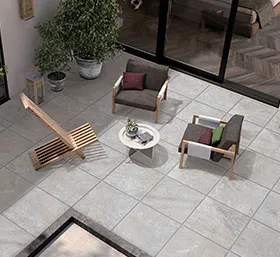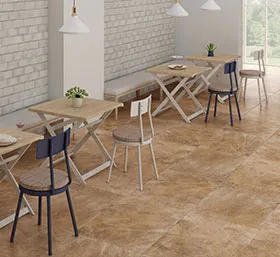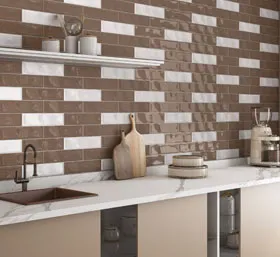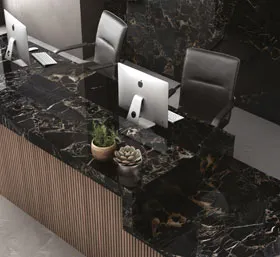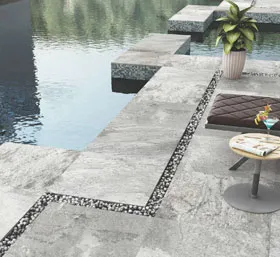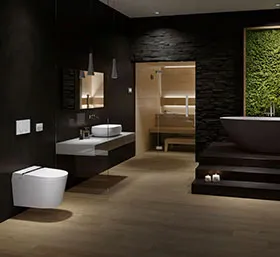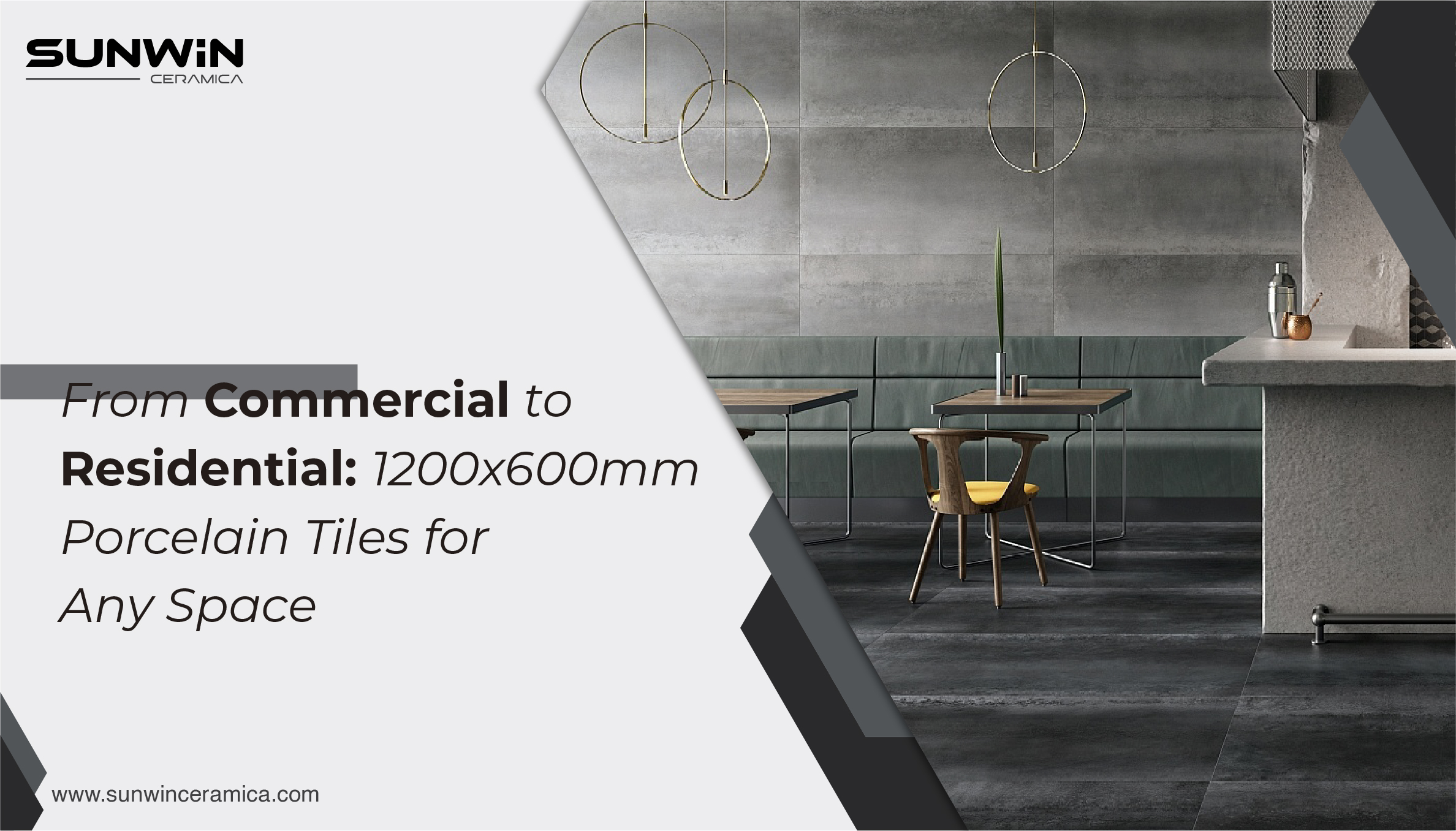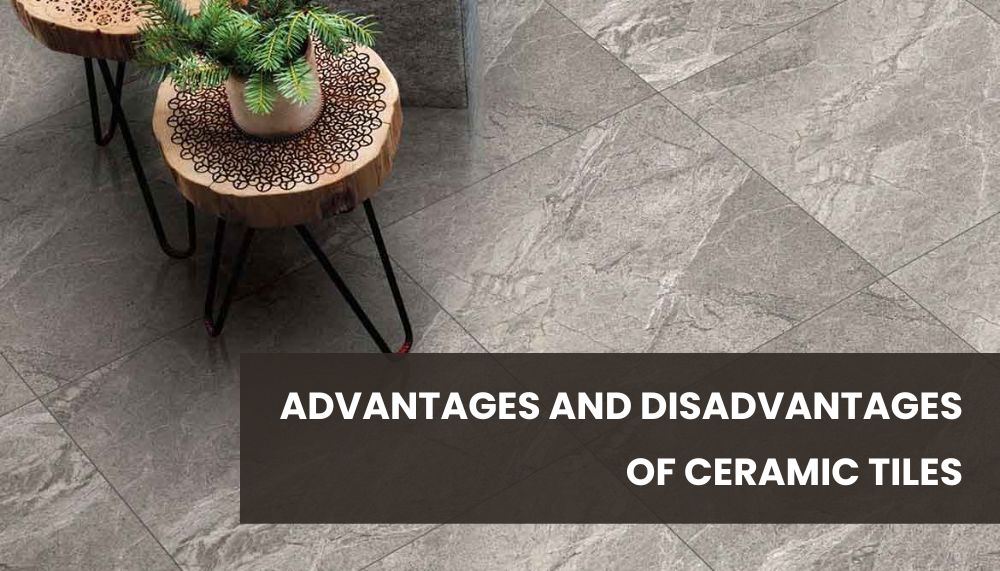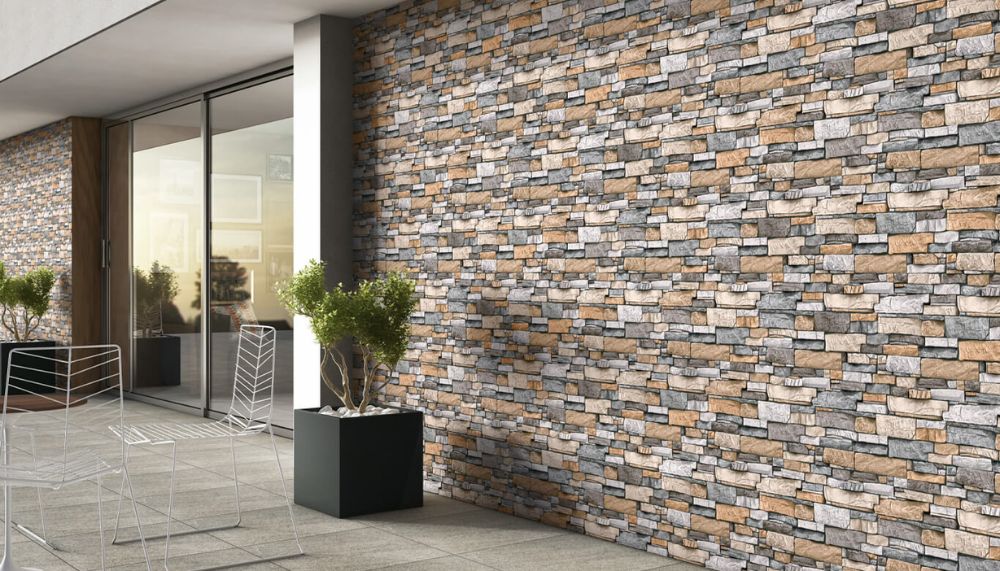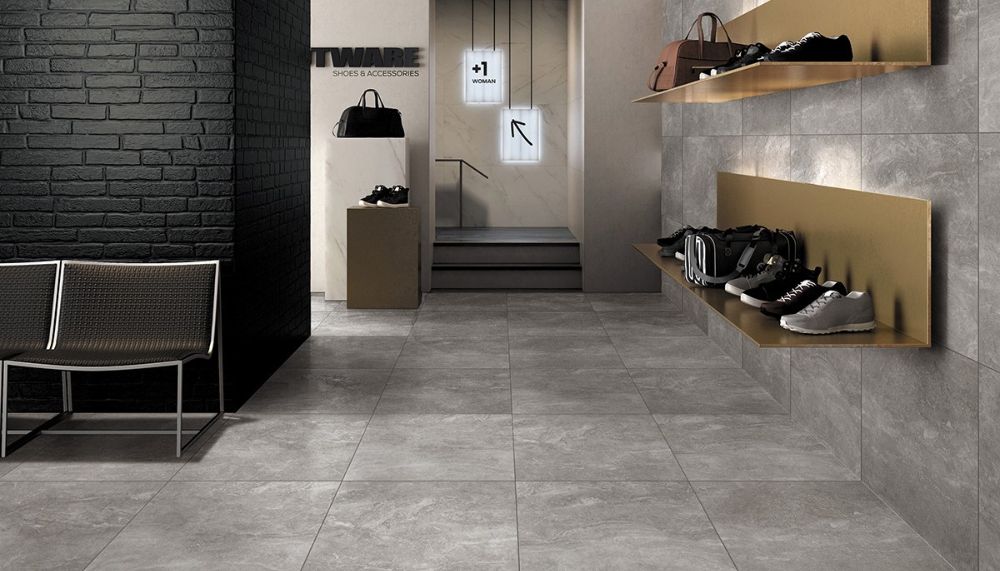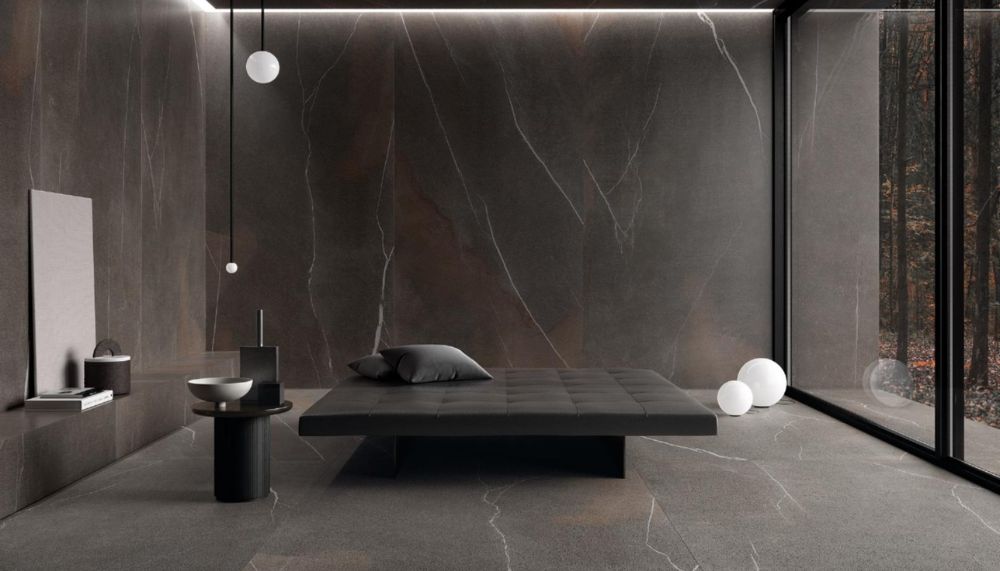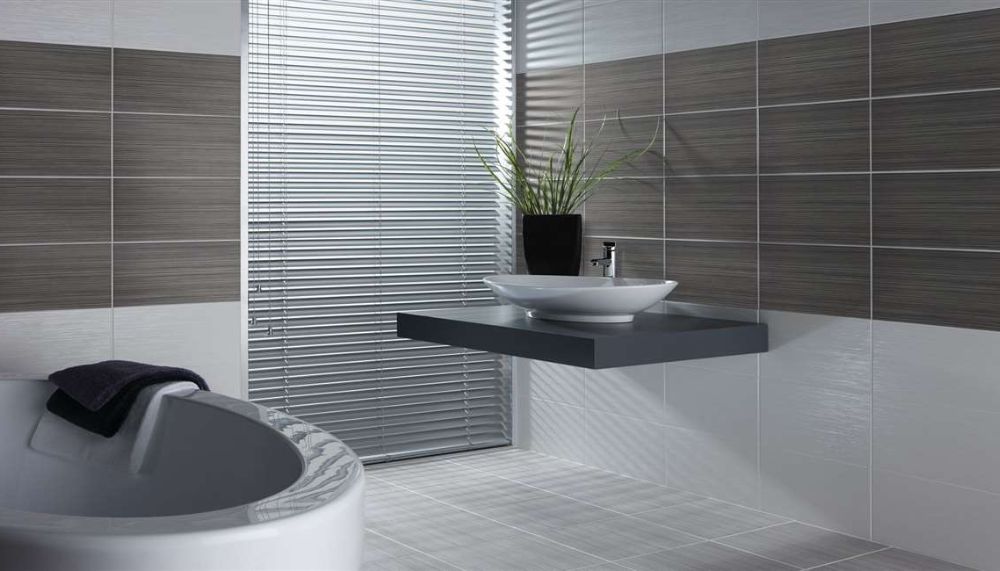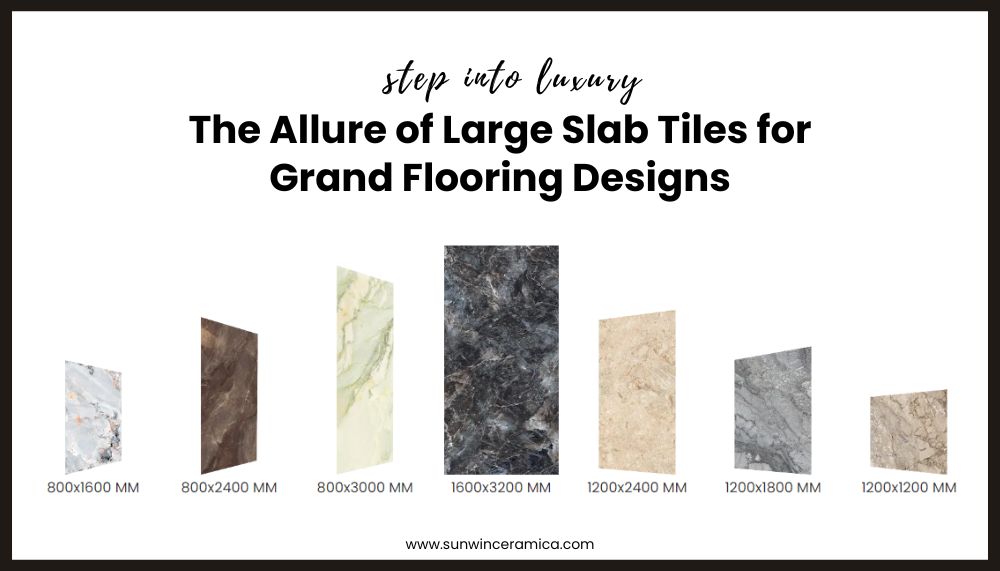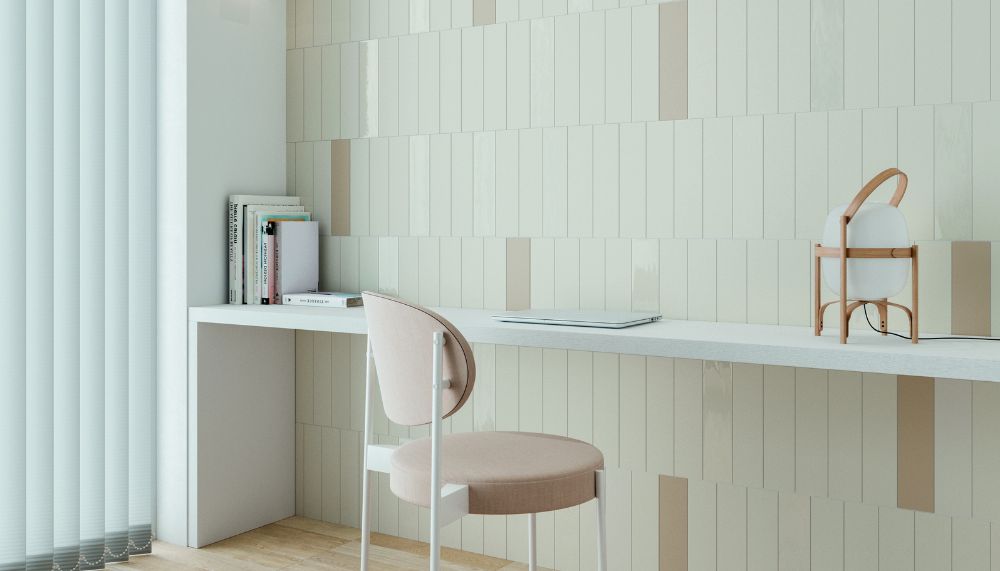
When it comes to interior design, tiles play a crucial role in defining the aesthetic and functionality of a space. Whether you're renovating your bathroom, updating your kitchen, or designing a new living room, selecting the right tile size significantly impacts the overall look and feel of your space.
With so many options available, it is overwhelming to decide which tile size is best suited for your needs. In this comprehensive guide, we’ll explore how to choose the right tile size for various rooms and how different sizes affect the perception of space.
The Ultimate Guide to Selecting Tile Sizes for Your Home
1. Understanding Tile Sizes
Tiles come in a wide range of sizes, from small mosaics to large-format tiles. The most common tile sizes include:
Small Tiles: Typically 2x2 inches to 6x6 inches. These are often used for detailed designs, backsplashes, and small areas.
Medium Tiles: Usually 8x8 inches to 16x16 inches. Medium-sized tiles are versatile and be used in various rooms.
Large Tiles: Often 18x18 inches to 24x24 inches or larger. Large-format tiles are popular for creating a seamless, modern look.
Rectangular Tiles: Sizes like 12x24 inches or 6x12 inches are commonly used for floors and walls, offering a contemporary appearance.
Each tile size has its advantages and is better suited for certain spaces. Understanding the impact of tile size on the visual perception of a room is key to making the right choice.
2. Tile Size and Room Dimensions
One of the most important factors to consider when choosing tile size is the size of the room. The right tile size enhances the room's dimensions, making it appear larger or more proportionate.
Small Rooms:
Use Larger Tiles: It might seem contradictory, but using larger tiles in small rooms makes the space appear bigger. Fewer grout lines create a more seamless look, which visually expands the room. For example, using 12x24 inch tiles in a small bathroom creates a clean, spacious feel.
Avoid Small Tiles: Small tiles make a small room feel cluttered due to the numerous grout lines. If you must use small tiles, consider placing them in a specific area, like a backsplash or shower niche, rather than throughout the entire room.
Large Rooms:
Large or Medium Tiles: In a large room, large-format tiles work well to fill the space without overwhelming it. They also help maintain a cohesive look. For instance, 24x24 inch tiles in a large living room create a luxurious, open feel.
Mixed Sizes: If you want to add uniqueness, consider mixing large and medium tiles in a pattern. This approach breaks up the expanse of a large floor, adding visual interest without making the room feel too busy.
3. Ceiling Height and Tile Orientation
The height of your ceiling and how you orient your tiles also influence the perception of space.
Low Ceilings:
Vertical Layout: Using rectangular tiles and laying them vertically draws the eye upward, giving the illusion of a higher ceiling. This is particularly effective in bathrooms and kitchens where ceiling height may be limited.
Avoid Horizontal Layouts: Laying tiles horizontally in a room with low ceilings emphasize the low height, making the space feel more confined.
High Ceilings:
Horizontal Layout: In rooms with high ceilings, laying rectangular tiles horizontally helps balance the proportions and makes the space feel more grounded.
Large Tiles: High ceilings often work well with large tiles, as they match the grand scale of the room. This creates a harmonious and balanced environment.
4. Tile Size and Room Functionality
The function of the room should also guide your tile size selection. Different rooms have different needs, and the right tile size enhances the room's usability and aesthetic.
Bathrooms:
Flooring: For bathroom floors, medium to large tiles are often preferred as they create a smooth, cohesive surface. However, it’s important to consider the slip resistance feature. Larger tiles with a matte finish or textured surface provide the necessary grip while still offering a spacious feel.
Walls: Smaller tiles, such as subway tiles, be used for shower walls or as accents. If you prefer a more modern look, larger tiles on the walls reduce grout lines and create a clean, spa-like environment.
Kitchens:
Flooring: Medium to large tiles are ideal for kitchen floors as they are easier to clean and maintain. Large-format tiles with minimal grout lines are particularly popular in kitchens for their sleek appearance.
Backsplash: The backsplash is where you get creative with tile sizes. Small tiles, like subway tiles or mosaics, are commonly used in this area to add texture and color. You also use tiles in a herringbone or brick pattern for a contemporary twist.
Living Areas:
Flooring: In living rooms and hallways, large-format tiles are often used to create a seamless look. These tiles help make the space feel expansive and open. However, if you prefer a more traditional look, medium-sized tiles laid in a grid or offset pattern add warmth and character.
Outdoor Spaces:
Flooring: Outdoor areas like patios and balconies benefit from large, durable tiles that withstand the elements. 20mm outdoor porcelain tiles with a textured finish provide slip resistance and create a visually appealing outdoor living space.
5. Design Style and Tile Size
Your overall design style should also influence your tile size choice. Different styles work better with certain tile sizes and layouts.
Modern and Minimalist Styles:
Large Tiles: Large-format tiles are ideal for modern and minimalist spaces. They create a clean, uncluttered look with fewer grout lines. Rectangular tiles laid in a straight or grid pattern enhance the sleek, streamlined appearance of modern interiors.
Traditional Styles:
Medium and Small Tiles: For a traditional or classic style, medium to small tiles are often used. Tiles laid in a herringbone, basketweave, or offset pattern add texture and interest to the space, creating a cozy, timeless look.
Eclectic and Bohemian Styles:
Mixed Sizes and Patterns: If your style is more eclectic or bohemian, consider mixing different tile sizes and patterns to create a unique, personalized look. Small mosaic tiles combined with larger formats add a playful, dynamic element to your space.
6. Practical Considerations
When choosing tile size, there are practical factors to consider, such as installation, maintenance, and cost.
Installation:
Larger Tiles: While large-format tiles create a seamless look, they require a flat, even surface for installation. Any imperfections in the subfloor become more noticeable with larger tiles, so professional installation is often recommended.
Smaller Tiles: Smaller tiles are easier to install on uneven surfaces, but they do require more grout, which increases installation time and cost.
Maintenance:
Grout Lines: The more grout lines you have, the more maintenance is required. Smaller tiles with more grout lines are more prone to staining and require regular cleaning and sealing.
So choose large tiles that require minimal grout lines and are easier to maintain & clean. It is a practical choice for busy households.
Cost:
Tile Size vs. Cost: Generally, larger tiles are more expensive per square foot than smaller tiles. However, they cover more area with fewer grout lines, so you may need fewer tiles overall, which mostly balances out the cost.
Installation Costs: Consider the cost of installation, as larger tiles may require more expertise and precision, potentially increasing labor costs.
Conclusion
Choosing the right tile size for your space involves balancing aesthetics, functionality, and practical considerations. By understanding how tile size affects the perception of space and considering the specific needs of each room, you make informed decisions that enhance the beauty and usability of your home.
Consider the points mentioned in this blog and decide accordingly which tile size is perfect for your space.
You May Also Like:
